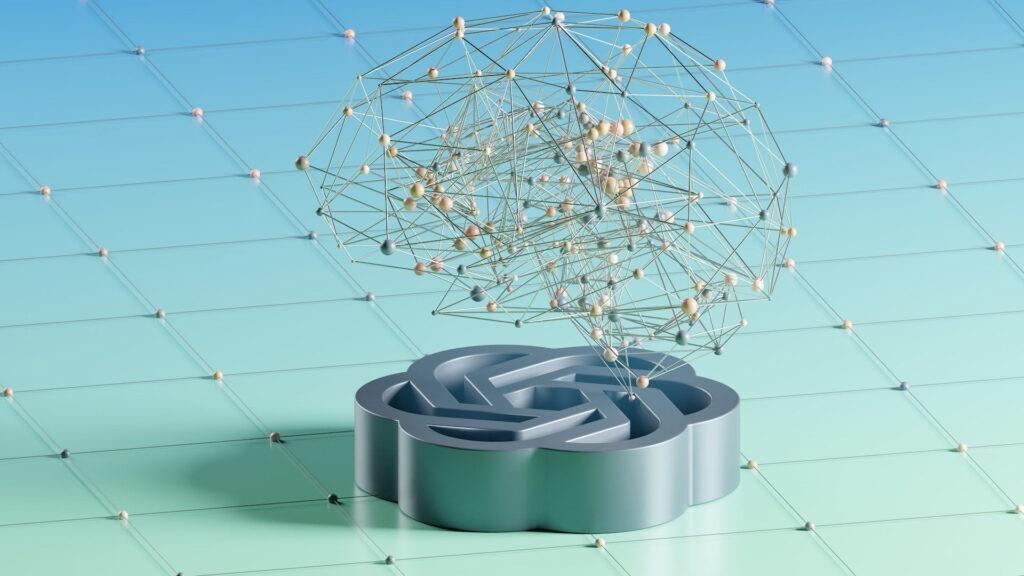How OpenAI’s Advanced AI System Can Revolutionize Education and Everyday Life
The world of Artificial Intelligence (AI) is advancing at an unprecedented pace. With each new release, the capabilities of AI systems continue to grow and astound us. GPT-4, the latest and most advanced AI system yet, promises to revolutionize the way we use language.

GPT-4 is a language generation model developed by OpenAI, a leading AI research institute founded in 2015. It is based on the GPT-3 architecture, which was released in 2020 and set new standards for language generation AI. However, GPT-4 takes things to a whole new level. It can generate up to 25,000 words of text, which is eight times more than its predecessor. It can understand images and express logical ideas about them, making it a versatile and powerful tool. Microsoft’s Bing Hits 100 Million Active Users Thanks to AI Chat and Edge Browser Integration
One of the most exciting things about GPT-4 is its potential to transform education. With its ability to teach a wide range of subjects, GPT-4 could serve as a personalized tutor for students of all ages and skill levels. Imagine a fifth-grader having a personal math tutor with unlimited time and patience. It’s a game-changer that could bring learning to everyone in a way that is tailored to their unique needs.
Limitations
Despite its capabilities, GPT-4 has similar limitations as earlier GPT models. Most importantly, it still is not fully reliable (it “hallucinates” facts and makes reasoning errors). Great care should be taken when using language model outputs, particularly in high-stakes contexts, with the exact protocol (such as human review, grounding with additional context, or avoiding high-stakes uses altogether) matching the needs of a specific use-case.
While still a real issue, GPT-4 significantly reduces hallucinations relative to previous models (which have themselves been improving with each iteration). GPT-4 scores 40% higher than our latest GPT-3.5 on our internal adversarial factuality evaluations:
INPAGE URDU KATIB FREE DOWNLOAD
But GPT-4 is not without its challenges. As with any technology, there are risks and concerns that must be addressed. OpenAI and Microsoft, which has partnered with OpenAI to develop GPT-4, are committed to ensuring that the technology is safe, aligned with societal values, and useful to everyone.
To achieve this goal, OpenAI has put in place internal guardrails to prevent adversarial usage, unwanted content, and privacy concerns. However, they recognize that this is just the beginning. Learning, updating, and improving the system will be an ongoing process to ensure that GPT-4 remains suitable for society.

The development of AI technology is a culmination of many advances, including the transistor, computer, internet, semiconductor industry, and programming languages. While GPT-4 is limited in its capabilities, it is easy to imagine the impact of a successor many generations down the line. The potential for AI to help us be more productive, ultimately leading to a better quality of life, is immense.
In conclusion, GPT-4 is a highly advanced and sophisticated AI system that has the potential to revolutionize the way we use language. It is a tool that can amplify what every person is capable of, making it a powerful resource for education and everyday life. As we move forward, it’s crucial for everyone to participate in shaping the future of AI so that it can be helpful to all. With GPT-4, the possibilities are endless.

